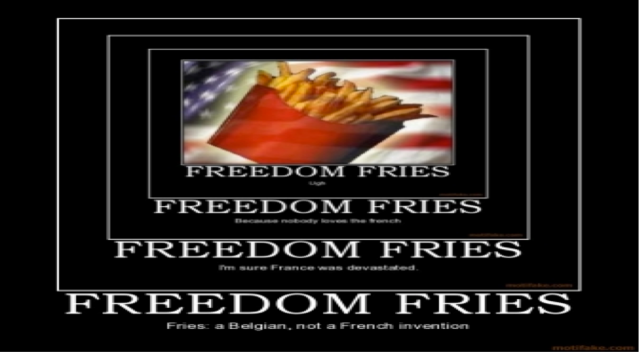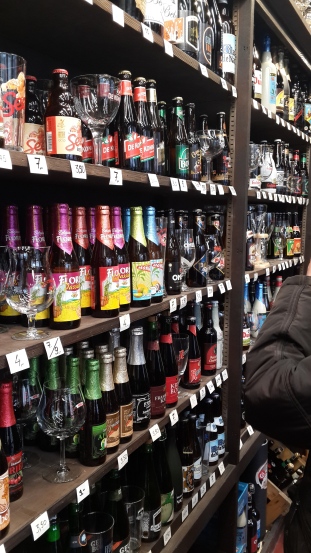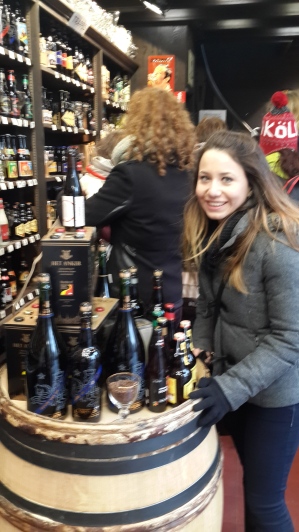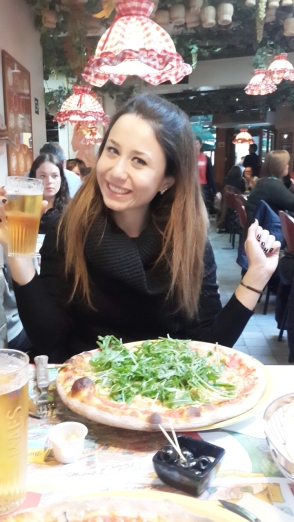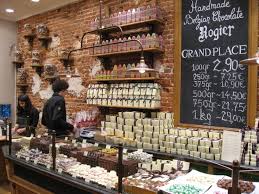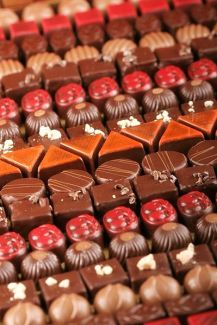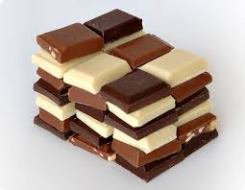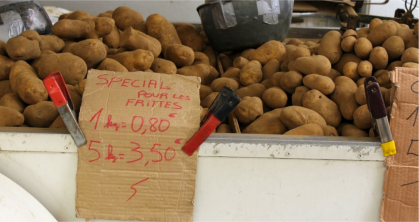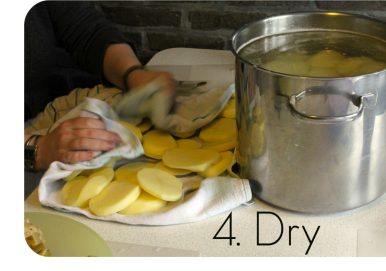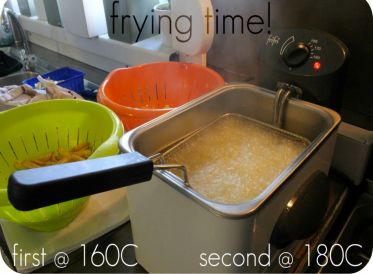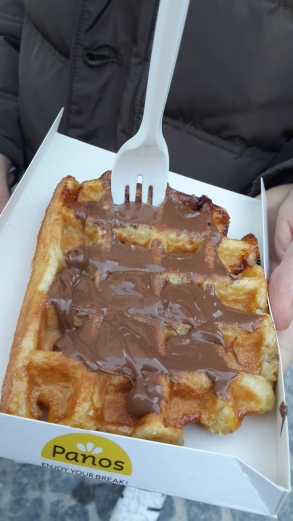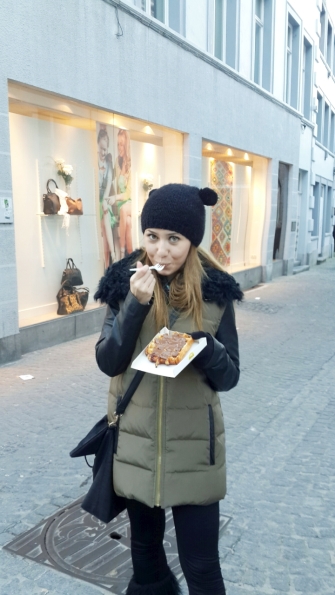Manti are dumplings popular in most Turkic cuisines, as well as in Caucasian, Central Asian, and Chinese Islamic cuisines. It is closely resembling the East Asian mandu, baozi (or buuz), and to the Nepali momo. Manti are also popular throughout the Commonwealth of Independent States, where the dish spread from the Central Asian republics. Manti dumplings typically consist of a spiced meat mixture, usually lamb or ground beef, in a dough wrapper, either boiled or steamed. ‘Manti’ indicates either singular or plural.
A mid-15th-century Ottoman recipe has survived, with the manti filled with pounded lamb and crushed chickpeas, steamed, and served topped with yogurt mixed with crushed garlic and sprinkled with sumac. In modern Turkish cuisine, manti are typically served topped with yogurt and garlic, and spiced with red pepper powder and melted butter, and topped with ground sumac and/or dried mint by the consumer.
These are my best friends and we were eating manti in Istanbul 🙂 We love it

